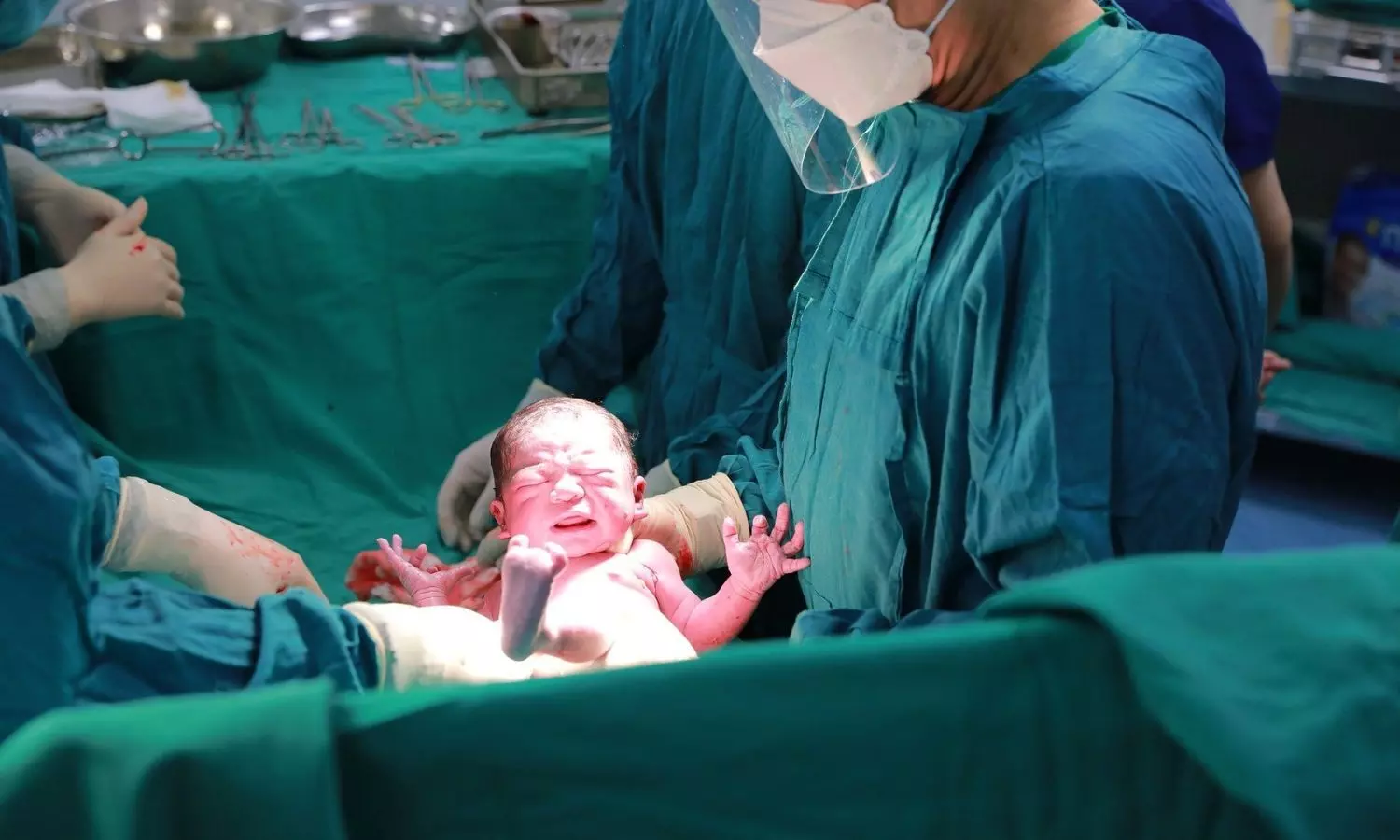Maternal exercise during pregnancy may protect the child against asthma, reports research

The risk of asthma in the child can be reduced by nearly half if the mother engages in active physical exercise at least three times a week during pregnancy, compared to a child of a mother who is less active, a new study by the University of Eastern Finland (UEF), Kuopio University Hospital (KUH) and the Finnish Institute for Health and Welfare (THL) shows. The researchers utilised data from nearly 1,000 mother-child pairs in the Kuopio Birth Cohort study, KuBiCo, followed from pregnancy until the child was seven years old.
Maternal exercise during pregnancy is known to have positive effects on the health of both the mother and the child. In a previous study, maternal exercise during pregnancy was also associated with strengthened newborn lung function.
“This is the first time we are observing an association between maternal exercise and the development of asthma in the child,” says Doctoral Researcher Emma-Reetta Musakka, BM, MSc, of the University of Eastern Finland.
Association of exercise with reduced risk of asthma in the child was independent of other maternal health, lifestyle and environmental factors
Maternal exercise and the risk of asthma in the child are associated with many of the same health, lifestyle and environmental factors, such as maternal weight, stress, illness, family exercise habits, nutrition and, for example, owning a dog. The present study accounted for the potential impact of these and several other similar factors on the results, but they did not explain the protective association of maternal exercise with the risk of asthma in the child.
“Our findings strongly suggest that maternal exercise during pregnancy has an independent positive effect on the foetus and on the later health of the child,” Musakka says.
Maternal exercise is known to affect foetal activity and foetal breathing movements, which support lung development.
“We don’t yet know why maternal exercise manifests as a reduced risk of asthma in the child, but one possibility is that it supports foetal lung maturation,” Musakka notes.
Asthma is the most common chronic illness in children– some cases would be preventable
“Until today, avoidance of cigarette smoke during pregnancy has been among the only effective ways to reduce a child’s risk of asthma. Thus, it is intriguing that moderate maternal exercise during pregnancy may have an equally strong protective effect on a child’s asthma risk as if one of the parents quits smoking,” says Dr Pirkka Kirjavainen, the lead researcher of the study.
The findings did not indicate that an increase in the amount of exercise beyond three times a week would be associated with an even lower risk of asthma. However, further research on the role of the amount and intensity of exercise during pregnancy in the prevention of asthma is needed. The World Health Organization, WHO, recommends that pregnant women engage in about 2.5 hours of moderate exercise per week.
“The findings are very promising in terms of asthma prevention. It is highly encouraging to see that by engaging in reasonable amounts of exercise, mothers can significantly influence not only their own health, but also the health of their child,” Kirjavainen says.
Reference:
Musakka, Emma-Reetta et al., Maternal exercise during pregnancy is associated with reduced risk of asthma in the child: A prospective birth cohort study, Med, DOI:10.1016/j.medj.2024.09.003.
Powered by WPeMatico



















